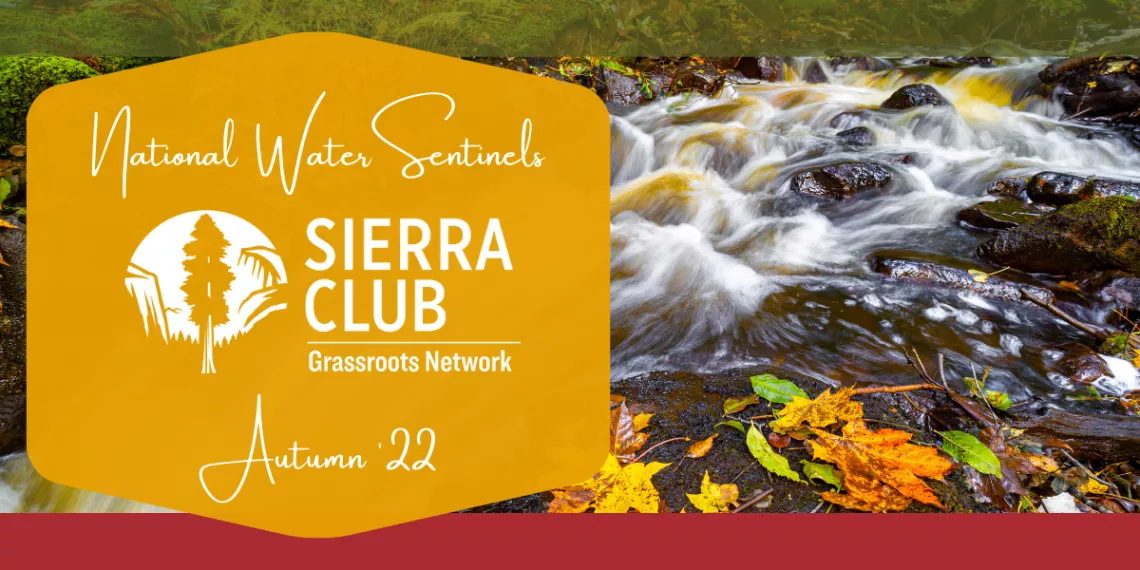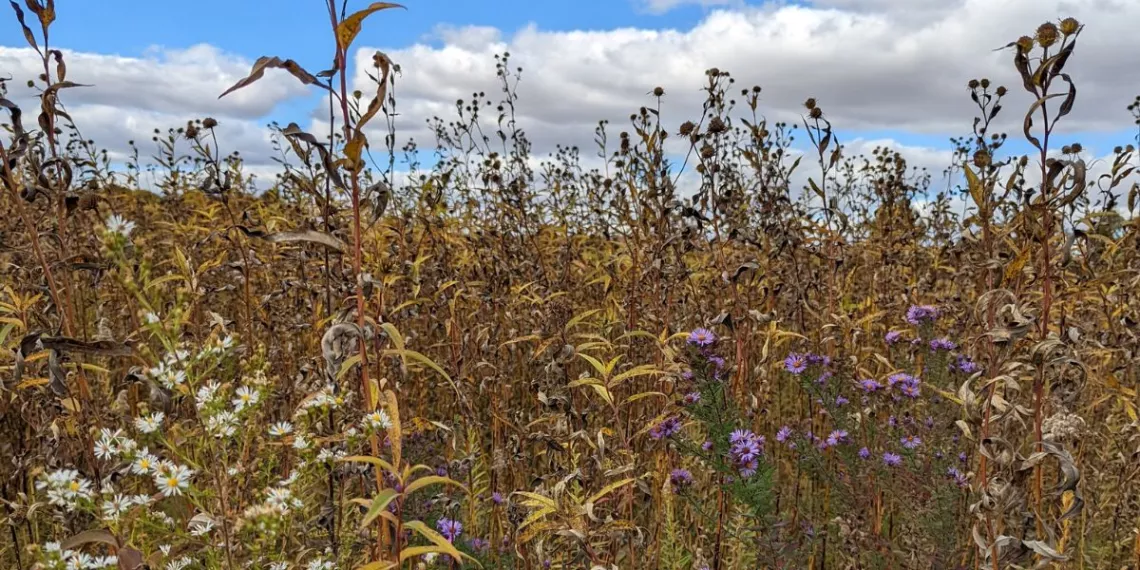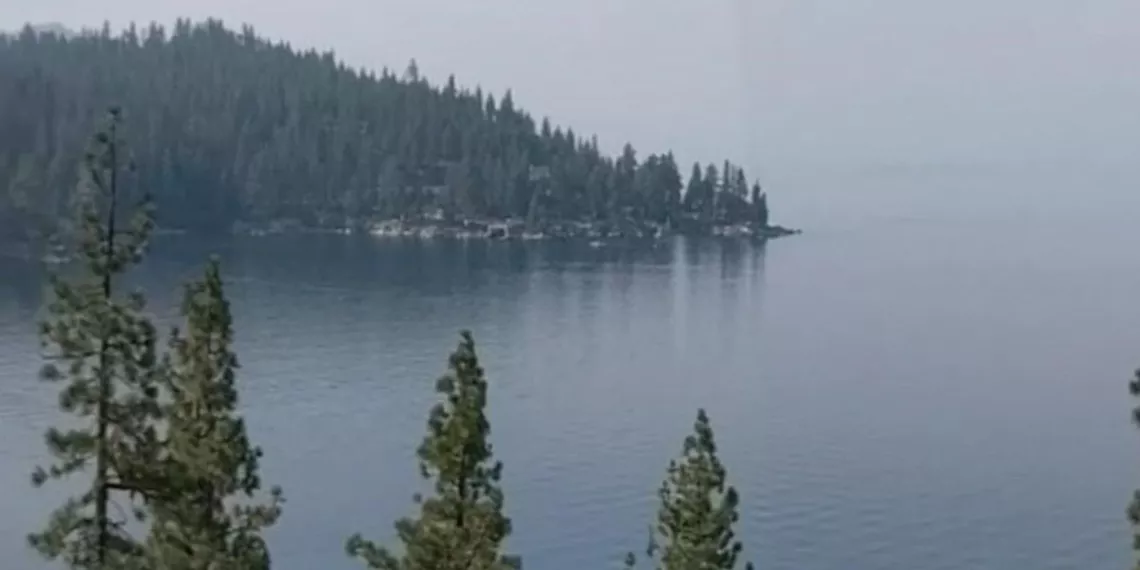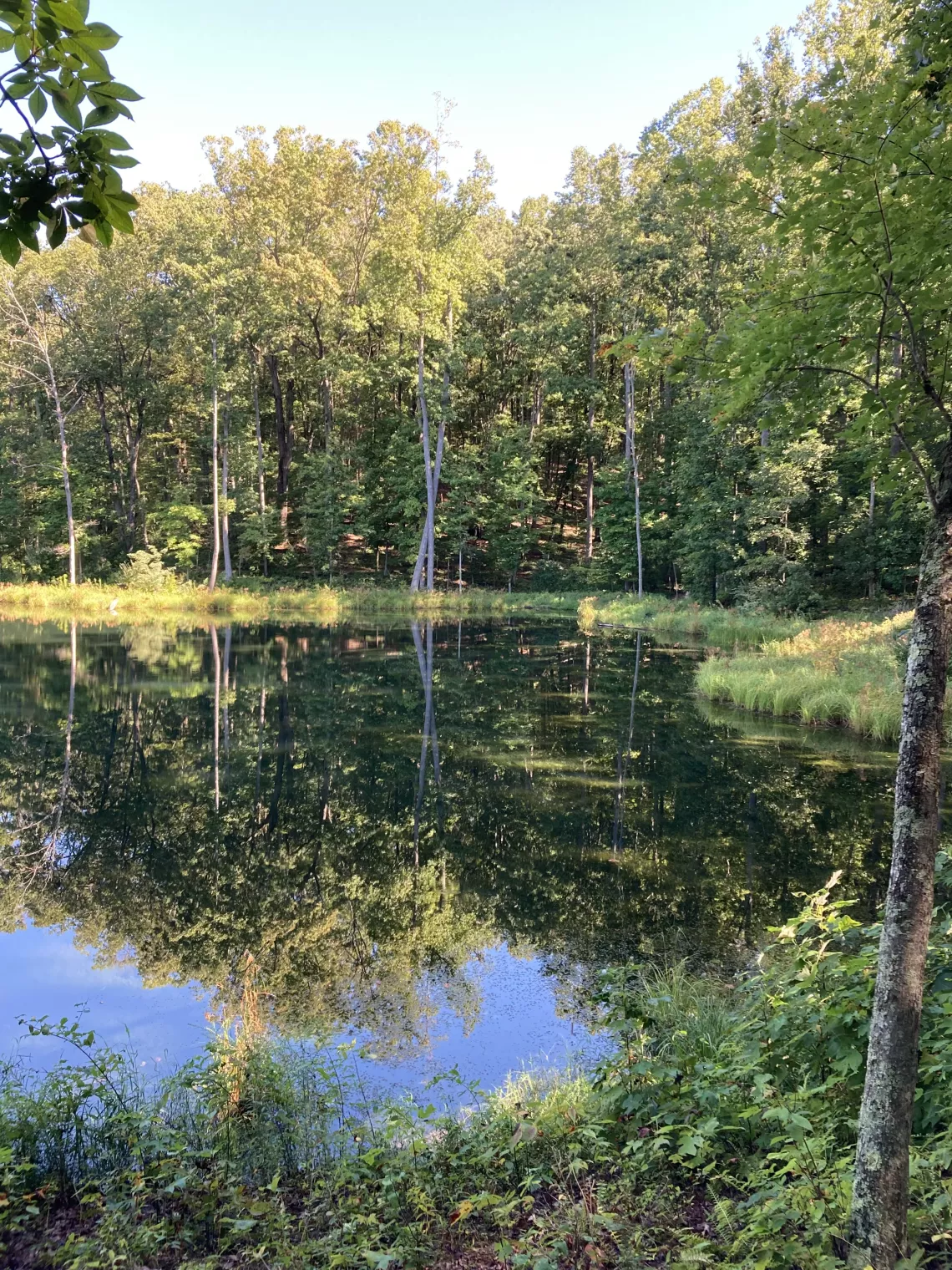
Success Story: Saving Engeldinger Marsh
By Loren Lown
The success of the Engeldinger Marsh campaign was a significant moment in protecting a vanishing landscape in Iowa. Not only was this unique wetland saved but a major roadway was rerouted. How did the wetland, a survivor of nearly 200 years of efforts to destroy it, become a cause for environmental activists? This is a story about the public rallying to protect a threatened marsh.
Engeldinger Marsh is near Des Moines in Polk County, Iowa. Since the retreat of the last glaciers, a unique wetland marsh ecosystem has developed, with 20 - 30 acres of wet soil surrounded by an upland xeric watershed. Engeldinger had been ditched and farmed; in the 1930s a highway was placed through the middle of it. Engeldinger Marsh - Polk County Iowa
In 1991, as a Polk County naturalist and Sierra Club member, I began identifying natural areas to determine what measures were needed to protect them. I found remnant wetlands, sand prairies, and sedge meadows, some of which were mostly intact, still diverse, but struggling. Engeldinger Marsh had a herd of Angus cattle standing knee-deep in the sedge meadow munching on wetland forbs. Two crop fields had been cut from the drier prairie areas, and the hills had been farmed and seeded with non-native grasses.
As I finished the inventory, the Iowa Department of Transportation (IDOT) announced it was planning to upgrade Highway 65/330 from a two-lane road into a divided four lane highway. The existing 60’ right of way would become 150’ plus. Polk County Conservation Board (PCCB) was asked to comment on the environmental impacts of the project. PCCB believed the marsh was a significant natural resource and wanted to protect it.
While meeting with the IDOT, I discovered that the owners of the marsh had agreed to sell to the State. But I learned from them that they were not happy about the plans to pave more of the property. Instead, they would agree to sell the land to PCCB and donate part of the purchase monies so PCCB could protect it.
IDOT was not happy that it could be purchased by the County. The acquisition of the land by a public agency placed it in a totally different category when it comes to the use of Federal Highway monies. Nobody builds a 4-lane road without Federal financial help! Under section 4F of the federal highway rules, parkland can be condemned only if there is no practicable alternative; cost cannot be considered.
The Iowa Natural Heritage Foundation (INHF) stepped in to acquire the property and found the funding. The PCCB struck a deal with the Polk County Supervisors that gave the supervisors veto power over any agreement and pledged to work with the IDOT. Once the land was conveyed to the PCCB, they asked for additional consideration and attention to the biological components of the marsh.

It soon became obvious that it would take more than PCCB concerns to save the marsh. This area was in private hands and the public was unaware of the situation. How does a county conservation board convince another public agency that straight lines and dollar signs are only part of the story? It would take an aware and engaged public. The local newspaper, The Des Moines Register, was willing to investigate and get information to the public.
Many organizations became involved, including Ducks Unlimited, Pheasants Forever, and the Izaak Walton League. State agencies listened to them because they are the major funders of the Iowa Department of Natural Resources (DNR). Sierra Club, Audubon, Iowa Prairie Network, Iowa Natural Heritage Foundation, university groups, Friends of Native Iowa, and a few state legislators also took up the cause.
IDOT agreed to have an independent scientist look at the area. A former state DNR ecologist began an 18 month-long inventory that documented the unique, diverse, and irreplaceable flora and fauna of Engeldinger, one of the most ecologically diverse wetlands in Iowa. Along with the geological qualities, it is truly a special place. In his summary the ecologist stated that “Engeldinger is a geological and ecological museum.”
Because Engeldinger Marsh is one of few remaining wetland ecosystems in Iowa, opposition to widening the road intensified. Conservationists, including sporting groups, university departments, agencies, and even the former landowner, voiced concern. The final straw was the discovery in the marsh of an unassuming skipper butterfly on the State Endangered and Threatened species list.
In 2000, the DOT officially approved a northern bypass alternative with construction in 2001 and 2002. The existing pavement was partially removed in late 2002; restoration of the marsh has been ongoing. Another half dozen plant species have been identified, reptiles and amphibians are recovering. Many species of birds, including sandhill cranes, have returned to a quiet marsh.
Saving Iowa’s natural areas is not the job of agencies alone, which can be influenced by politics. Public engagement is critical. Without the public saying that they valued a natural area, we would not have saved this wondrous place for future Iowans. The heroes of Engeldinger who deserve credit are agency ecologists, retired Des Moines Register reporters, and professors who made the effort to protect the marvelous diversity that still exists there.
As Margaret Mead once said, “never doubt that a small group of thoughtful committed citizens can change the world; indeed, it’s the only thing that ever has.”
Meet the author and take a virtual tour: Saving Engeldinger Marsh | Iowa Land and Sky
Golden Anniversary of the Clean Water Act, 1972-2022
By Elaine Giessel, Water Sentinels Leadership Team
It has been 50 years since the United States Congress, with the intent to provide swimmable, fishable and drinkable waters for all, passed the Clean Water Act (CWA) to restore and maintain the chemical, physical and biological integrity of the Nation's waters (33 U. S. C. 1251).
The CWA provides the structure for regulating point discharges of pollutants into the legally recognized waterways of the United States and for regulating quality standards for surface waters, including those impacted by non-point source pollutants. Summary of the Clean Water Act | US EPA
After decades of legal wrangling over what constitutes jurisdictional waters of the U. S. (WOTUS), the Supreme Court of the U. S. is poised to rule again, the result of which may limit the EPAs regulatory authority under the CWA.
Sackett v. Environmental Protection Agency (2022) | Ballotpedia
Supreme Court Opens Its New Term With a Major Clean Water Case | Sierra Club
This anniversary is a good opportunity to recognize the accomplishments of the CWA and to reaffirm its role in protecting the environment and public health of Americans. However, water quality and quantity remain major concerns for public health and wildlife habitat nationwide. The growing climate crisis and a legal decision, which could result in less protection for many headwater streams and wetlands, will pose new challenges for the next 50 years.
Nature Snapshot

Wildfires not only degrade air quality, but they also leave landscapes vulnerable to erosion, impacting water quality in local streams and lakes.
Book Review
Deadbeat Dams: Why We Should Abolish the U. S. Bureau of Reclamation and Tear Down Glen Canyon Dam
by Daniel P. Beard
Those of a certain age may remember the first time they read Edward Abbey’s book The Monkey Wrench Gang, in which a small, fictional band of desert-loving rascals managed, among other imprudent acts, to destroy Glen Canyon Dam on the day of its elaborate official “christening.” Armchair activists like me felt giddy pleasure imagining the destruction of such a sin against nature and one of its “wonderments” - the Colorado River canyon. It was not clear then how it could ever happen.
Similar sentiments about other dammed rivers in the West were widespread, but in every case a combination of greed, Big Money, corrupt politics, and the Bureau of Reclamation posed insurmountable barriers.
Fast forward several decades -- climate change caused by our own CO2 emissions threatens to wreck more damage upon the status quo than any amount of malcontent mischief. A relatively recent book Deadbeat Dams: Why We Should Abolish the U.S. Bureau of Reclamation and Tear Down Glen Canyon Dam by Daniel P. Beard (Johnson Books, 2015, 144 pp.) describes the origins of water management “solutions” in the West, how an initially semi-useful program grew progressively more grandiose and destructive, and what we must now do to counteract it. The author’s subtitle describes the bulk of the book’s theme. As a previous Bureau of Reclamation Commissioner and past staff person to Congressional Committees, his opinions carry the weight of experience.
Deadbeat Dams was chosen by the Western Water sub-team of the Sierra Club’s Grassroots Network Water Sentinels for its online book club and included a discussion with the author about developments since the book was published in 2015. The book is not a technical tome, but it covers the topic in sufficient detail, examining specific Bureau projects as examples. It is accessible to the lay reader and clearly written.
Topics covered by the book include:
- The explosive growth of a relatively small and specialized agency through politically motivated decisions to ignore real water needs and project costs. (Chapter 1)
- The growth of a “water nobility” grown arrogant on easy public money and little independent oversight. (Chapter 2)
- The nature of heavy subsidies of Bureau of Reclamation projects and agricultural lands watered by them. (Chapter 3)
- The need now to replace Bureau of Reclamation projects by those with state, local and privately funding and expertise. (Chapter 4)
- A civilian analog of the federal Base Closures Commission that might be a better approach to water projects than the customary Congressional “pork barrel” earmarks system. (Chapter 5)
- The current declining water levels in Lakes Powell and Mead, the associated threats to Upper Basin water users, and threats to subsidized electricity generation at Glen Canyon Dam, are a central theme of the book. It is time to consider the draining of Lake Powell, the removal of the Glen Canyon Dam, and allowing Lake Mead to be the main storage reservoir for the Colorado River. (Chapter 6)
- The enormous growth of California water storage and irrigation projects and their cost to the Federal treasury as exemplified by the Westlands Water District. (Chapter 7)
- How federal water development under the “Winters Doctrine” for Native American Reservations to fulfill federal water rights for those reservations has been used to justify projects for nearby non-Native American lands. (Chapter 8)
- Why public agencies need to develop, and respect, scientific, technical, and fiscal data about large government water projects, so that projects are supported by objective analysis. (Chapter 9)
- The need for water conservation as the chief alternative water supply. (Chapter 10)
- The emergence of climate change as the major issue in the Colorado River basin. (Chapter 11)
- Suggestions for reforming the system of federal funding for water projects. (Chapter 12)
Reviewed by Kirk Cunningham, Colorado Sierra Club
Nature Snapshot

We invite you to contribute to a future edition of our newsletter.